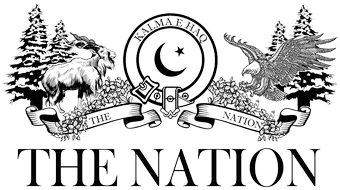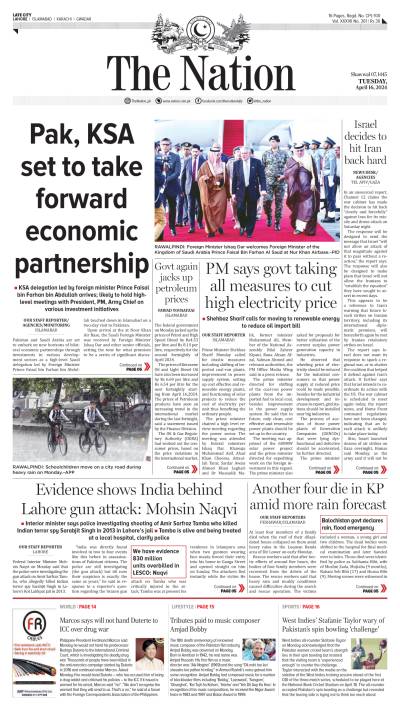I have heard that every dog has his day but never heard that every donkey has his day too! I think compilers of popular maxims must ponder over this point since the invention of Chinese Ejiao, a medicine that is extracted from donkey’s hide. Only the Chinese have mastery on its manufacturing. Donkey hide is boiled to reap gelatin, the key component of Ejiao. Ejiao is commonly seen as a blood tonic and its efficacy can never be underestimated. Ejiao is effectively used for building of muscular body, anti-aging, enhancing libido, improving blood deficiency, cosmetics and for curing irritating dry coughs. Ejio’s multiple usages are result bearing.
Brooke (2016), an equine charity welfare estimates that donkey can support a family of six. “Working donkeys are vital to the people’s livelihoods here – they carry water and food for families, fuel and building materials. They help people earn money they use to put food on the table and children in school”.
Ejioa’s composition deduces that donkey is a beneficial not only for the skin but also for the head and heart. Ejiao was previously the preserve of Chines royalty. Since 2010, the massive online and television marketing sprees have increased its appeal to a vast number of younger consumers.
The Guardian (2017) further enlightens that the estimated global population of donkey is 44 million. The annual demand is 4 million approximately and the sole buyer is China. In order to give sustenance to its generation, Pakistan, Burkina Faso, Niger, Nigeria, Mali, Senegal and Gambia have imposed a ban on the export of donkey hide. Zimbabwe and Ethiopia are following suit. Despite an official ban, now Pakistan is the natural choice of China’s importers. Pakistan imposed a ban on the export of donkey hide in 2015. The government is on way to regulate its legal trade. What if the wrinkle creams made from donkey hides are making inroads into to Pakistani markets? Certainly policymakers are aware of the consequential situation.
Donkeys being demanded in the commercial market is not new. Already donkeys have fed hundreds of thousands meat lovers under the garb of beef and mutton. In Lahore, it had won the trust of head-chefs. Deliciousness of the taste prevented customers to distinguish it from beef and mutton. Not all waters had passed under the bridge however; the operation squads of Punjab Food Authority galvanised customers and launched crackdowns on chefs and sellers. Meat lovers were exposed to the reality, which was neither sweet nor salty. It was nauseating in the extreme. Among Muslims, meat of donkey is forbidden but not his yeoman services. Donkey is a figure of courage, untiring grit, handwork, dutifulness and mostly of straightforwardness. Only if whacked, his sole protest is of short-lived whinnying. Knowing his numerous usages across the world he hardly shows off. He is still far away from the glory of social media, quite aloof from Whatsapp or professional Facebook pages.
I have heard that truth is the first causality in a war but never imagined that donkey will be the first causality of CPEC. The Guardian (2017) quotes various rates of Ejiao in international market and it can sell for up to $400 per kilo. In China, the population of donkey has nearly halved since 1991; the country now becomes the major importer of donkey skin. China is importing donkey skin from Brazil, Mongolia, Afghanistan and African countries. Say’s classical law suggests that supply creates its own demand. The demand for donkey hide has outstripped its supply. Around 1.8 million donkey hides are traded annually whereas global demand has rocketed between 4 to 10 million skins.
The Khyber Pakhtunkhwa signed an agreement with China in April, under KP Sustainable Donkey Development; KP government will export 200,000 donkey hides to China in the first phase. In the second phase, this may surge up to 500,000 items annually. Under the cloudless sky of KP’s farming regions, donkeys ambling along muddy-stony paths, pausing to nibble on grass are totally oblivious to the threat from a demand for Chinese medicine. Threat to his existence is the concern of charity houses; donkey may have taken it a great opportunity to immortalise by leaving beautification scars on the faces of youngsters. No SWOT analysis was shared with any internal organisation of donkeys. Donkeys were not taken on board while devising a top down or a bottom up policy on banning or opening the export of their hides. In principle, donkeys do not believe in new public management or in Washington Consensus.
Kenya that hosts more than 1.8 million donkeys is exporting more than 200,000 hides annually. Ethiopia with continent’s largest donkey population of 7.4 million has built two Chines-owned slaughterhouses. A recent splurge in donkey hide trade has generated a new term “bush slaughter” trend in the stealing of animals in Tanzania, Egypt, South Africa and Pakistan. Earlier the term had roots with GW Bush era led invasion of Iraq.
According to Pakistan’s ministry of commerce, more than 141,000 donkey hides had been exported to China in a period of four years, 2011-2015. Besides China, hides were transported to Vietnam and Hong Kong too. In 2015, Pakistan earned export proceeds of Rs 135 million as compared to Rs 44mn a year earlier. Finance Ministry’s Dr Imtiaz Ahmed, Deputy Economic Advisor shares that for the fiscal year 2016-17, total merchandised exports have declined by 3.06 per cent whereas imports have grown with much faster pace of 18.7 percent compared to the previous year. Here burden of the beast can rescue to the adverse balance of payments of the country. Without a token of protest, the animal has made itself available to be exported mainly to China. Despite a porous border with Afghanistan, they have no intention of hiding therein. Donkeys have shared burdens in many ways. From pulling the loaded carts to providing meat dishes to his voracious but skeptical eaters, have earned exports proceeds for the country and have beautified the skins of teenagers besides giving numerous health benefits to the users of Ejiao. For all these virtues, donkeys proved more useful than the ghost employees of various government entities. Invisible at the places of work, ghost employees are omnipresent on social media, sometimes preaching hard work. Disappearing generation of donkeys will be missed for not nurturing such self-contradictions.






